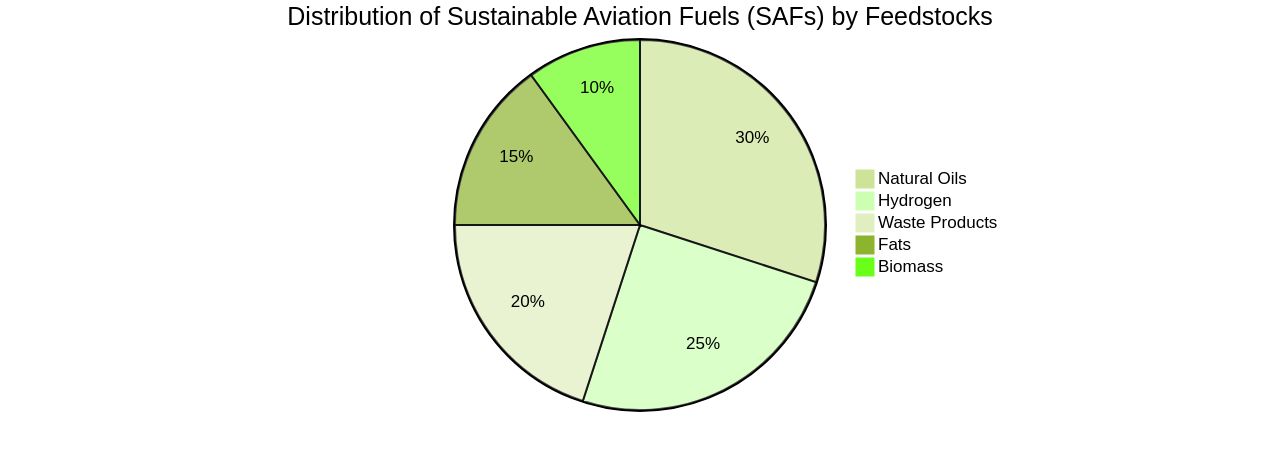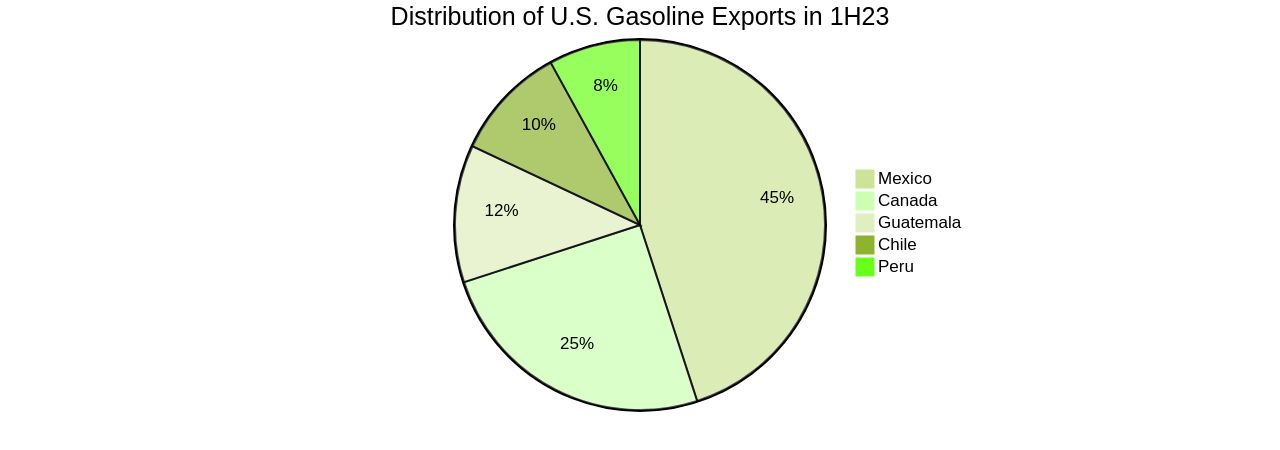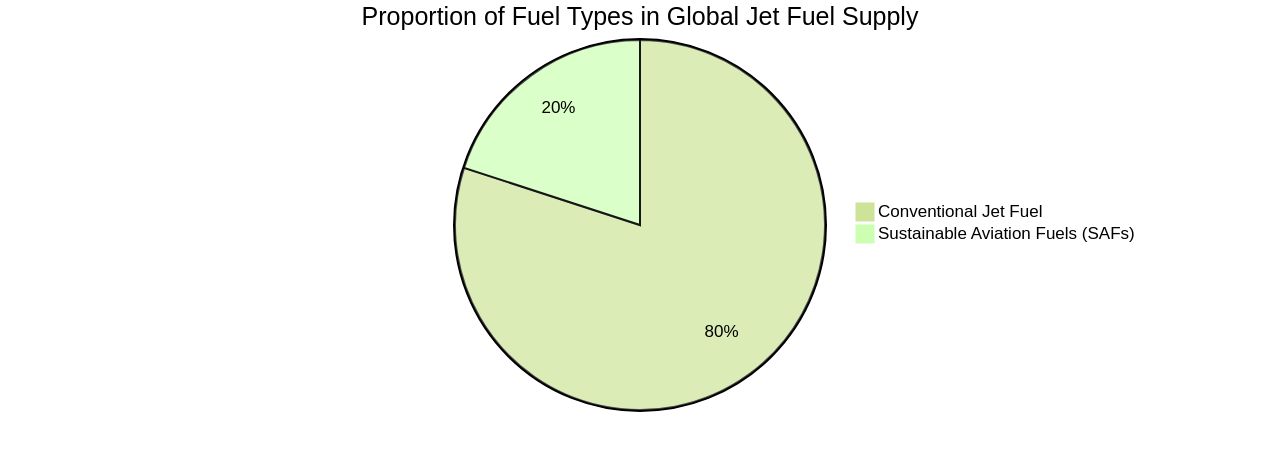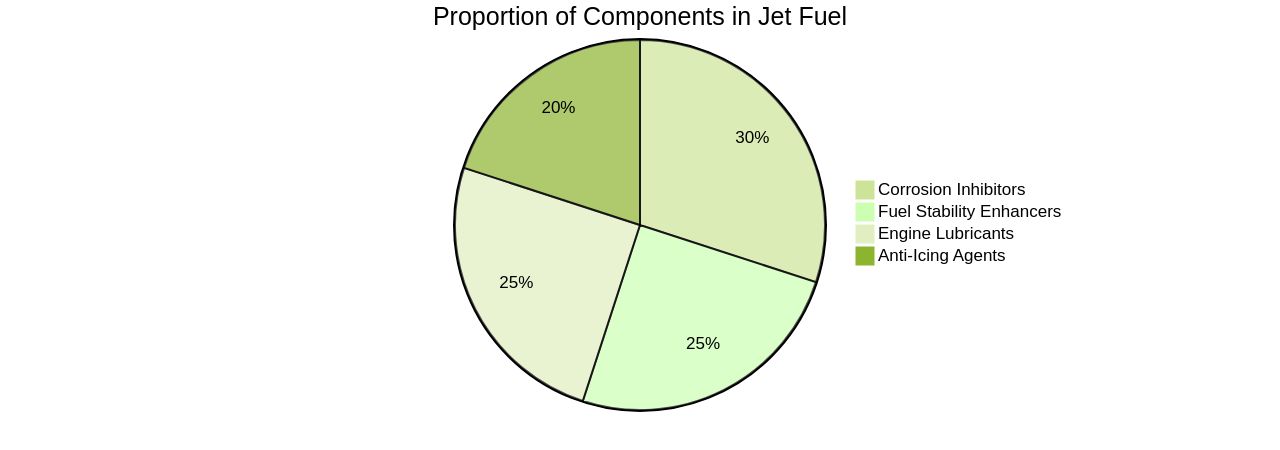Introduction
The transformation of jet fuel and the decarbonization of the aviation industry are gaining momentum in response to the global shift towards renewable fuels. Sustainable Aviation Fuels (SAFs) have emerged as the primary tool for reducing emissions, but the limited global production creates concerns about affordability and competition for feedstocks.
While advancements in electric planes show promise, greener methods of producing kerosene without fossil fuels are crucial for the industry's transition. This article explores the challenges and opportunities in the renewable fuels industry, with a focus on technologies like Unifuel.tech's Flexiforming that offer solutions for decarbonization in the aviation sector.
Understanding Aviation Fuel and Kerosene
The transformation of jet fuel, an essential aircraft propulsion medium primarily comprising kerosene, is gaining momentum amidst a shifting global energy landscape. The aviation industry, contributing 2-3% of global CO2 emissions, is on a mission to decarbonize, despite the death of immediate alternatives like electrification or green hydrogen.
In response to these challenges, Sustainable Aviation Fuels (SAFs) have emerged as the primary tool for emissions reduction. The adoption of SAFs, derived from diverse feedstocks such as biomass, waste products, natural oils, fats, and hydrogen, is on the rise worldwide, with significant uptake in regions like Europe, the UK, and the USA.
However, the ambitious SAF volume targets and aggressive timelines contrast starkly with the limited global production, creating a situation where demand outstrips supply. This imbalance ignites concerns regarding affordability, sustainability, and the competition for feedstocks.
While advancements in electric planes, including potential hydrogen-electric powered flights by 2026, signal a shift towards newer technologies, the search for greener methods to produce kerosene without fossil fuels is paramount until such technologies become viable for mass air travel. SAFs, viewed as a drop-in solution necessitating minimal adjustment of aircraft and airport infrastructure, constituted less than 0.2% of the global jet fuel supply in 2022.
This highlights the urgent need for substantial progress to achieve the International Civil Aviation Organization's goal of net-zero carbon emissions by 2050 for the industry. In this context, Unifuel.tech offers flexiforming, a technology that allows operators to choose their decarbonization pace. Deployable in an idle hydrotreater or reformer, flexiforming reduces capital expenditure and carbon intensity. The company, prepared to respond to inquiries within 24 hours, seeks information about the operator's feeds, target products, and existing facilities to determine the optimal application for flexiforming. The future of the aviation sector hinges on the development and use of SAFs, and technologies like flexiforming, positioning these fuels as instrumental in the industry's transition towards decarbonization.

Different Grades of Kerosene
Kerosene, a product of crude oil processing, is a versatile hydrocarbon liquid that comes in various grades, each with unique characteristics and uses. These range from home heating oil and lamp oil to aviation fuel.
However, kerosene-based jet fuel must adhere to stringent safety and performance standards set by the aviation industry. Kerosene has a relatively low octane rating, around 30, which makes it unsuitable for gas engines.
Its low volatility can also complicate ignition, as its combustion is primarily due to cylinder compression rather than the action of the spark plug. This can result in the engine continuing to run even after the ignition is turned off.
Despite these challenges, kerosene remains a vital component of the energy sector. For example, in 1H23, U.S. gasoline exports, which include kerosene, were slightly lower than in 1H22.
These exports primarily went to Mexico, Guatemala, Canada, Chile, and Peru, with Central and South America seeing an increase in U.S. gasoline exports. The ash content, or incombustible residue left after combustion, in fuel should not exceed 0.2% m/m.
This ash is composed of various materials, including vanadium, sulfur, silicon, aluminum, nickel, sodium, and iron. In distillate fuel, this ash content is negligible. It's also worth noting that the characteristics of the fuel and the design of the fueling infrastructure are both vital for achieving benefits. For example, modifications to global aircraft fleets, airports, and fueling infrastructure would be a significant undertaking in terms of cost, time, logistics, and disruption to air travel. Therefore, sustainable aviation fuels (SAFs), which have become an umbrella term for various SAF blends with traditional jet fuels, alone will not lead the way to decarbonization. Instead, a more comprehensive approach is required that includes careful planning and the adoption of relevant standards and regulations.

Composition of Jet Fuel
As the aviation sector grapples with its substantial contribution to global CO2 emissions, it has identified sustainable aviation fuel (SAF) as a key tool for decarbonization. SAF is a renewable, high-energy fuel composed of a complex blend of hydrocarbons, similar to those found in diesel fuels, and aromatic molecules essential for the fuel's physical and combustion properties.
Transitioning to SAF, however, is not without challenges. Retrofitting aircraft, airports, and fueling infrastructure to accommodate SAF is a massive undertaking.
Furthermore, SAF must chemically align with existing petroleum-based jet fuel to serve as an effective substitute. The current limitation is that SAF can only be blended with traditional jet fuel up to 50%, due to the lack of aromatics in SAF which are crucial for interacting with polymer seals in a jet's fueling system.
However, solutions like Unifuel.tech's Flexiforming technology could potentially bridge this gap. By incorporating bio-based aromatics into the SAF blend, it may be possible to use 100% SAF to power airplanes, marking a significant step towards a greener aviation industry.
The aviation industry is pushing for change, with companies like Airbus aiming to have their entire fleet 100% SAF-capable by 2030. While SAF alone won't achieve the sector's target of net-zero emissions by 2050, it forms an integral part of the broader decarbonization strategy. The future growth of SAF production and usage is vital for the aviation industry to continue its journey towards sustainable aerospace. Unifuel.tech's Flexiforming technology offers a solution to the decarbonization challenge in the aviation industry. By deploying this technology in an idle hydrotreater or reformer, operators can reduce capital expenditure and carbon intensity, accelerating the journey towards decarbonization. The company provides personalized assistance and is committed to responding to inquiries within 24 hours, ensuring optimal application of Flexiforming based on the operator's feeds, target products, and existing facilities.

Jet Fuel Specifications
The aviation industry, accounting for 2-3% of global CO2 discharges, faces an uphill battle in its decarbonization efforts. Thus, the industry is turning its attention towards Sustainable Aviation Fuels (SAFs), renewable energy-dense fuels that hold the promise of significantly reducing the sector's carbon emissions.
Safe, being 'drop-in' solutions, are highly attractive as they necessitate minimal modifications to existing aircraft and airport infrastructure. Despite Safe successfully powering several test flights, they constituted less than 0.2% of the global jet fuel supply in 2022, highlighting the need for considerable progress in supplying environmentally beneficial alternative fuels.
The primary challenge lies in expanding the supply of SAFs, which currently are 3-4 times more costly than conventional jet fuel. Moreover, it remains crucial to demonstrate SAFs' safety, reliability, and compatibility with jet engines, potentially posing a steep learning curve for an industry that has relied on a largely unchanged fuel for seven decades.
The implementation of SAFs at scale could potentially enable the aviation sector to achieve its ambitious climate goal of net-zero carbon dioxide emissions by 2050, as set by the International Civil Aviation Organization. However, the actual impact of these alternative fuels on the climate will hinge on numerous factors. As we navigate the future of jet fuel and climate change, it is essential to stay abreast of these developments, policy implementations, and the aviation industry's progress towards a cleaner, greener future. For instance, Singapore Airlines has recently inked a landmark deal to purchase 1,000 tonnes of SAF, signaling a positive stride towards increasing the use of sustainable fuels in aviation.

Jet Fuel Additives
Jet fuel, a critical component of aviation, adheres to strict standards for composition and quality. It contains carefully selected additives to enhance fuel performance and safety, which play various roles, such as improving fuel stability, preventing ice formation at high altitudes, inhibiting fuel system corrosion, and lubricating engine components.
Presently, the aviation industry is witnessing a transition towards sustainability, with Sustainable Aviation Fuel (SAF) being increasingly prevalent. It is important to note that aviation fuel is commonly known as kerosene. SAF represents a range of jet fuel blends that can reduce emissions by a certain percentage.
However, SAF alone cannot achieve decarbonization. The use of SAF requires minimal alterations to aircraft and airport infrastructure, making it an attractive choice for the industry.
Yet, the current percentage of SAF that can be blended is constrained by the requirement for aromatics in kerosene, which is aviation fuel. Recent advancements in bio-based aromatics production have facilitated the use of larger SAF volumes, including 100% SAF, which several airlines have successfully trialed.
The fact that SAF is aviation fuel, which is kerosene, enables increasing SAF percentages in existing fleets and fueling infrastructure without necessitating engine modifications. The SAF functions as effectively as conventional jet fuel, laying the groundwork for more sustainable aviation practices. Nevertheless, the global SAF supply needs to be increased to significantly influence the industry's decarbonization efforts. Unifuel.tech introduces a technology known as Flexiforming, enabling operators to select their decarbonization rate. This technology can be implemented in an idle hydrotreater or reformer, reducing both capex and carbon intensity. Unifuel.tech responds to inquiries within 24 hours, requesting information on feeds, target products, and existing facilities to find an optimal Flexiforming application.

Conclusion
In conclusion, the aviation industry is undergoing a significant shift towards decarbonization and reducing emissions. Sustainable Aviation Fuels (SAFs) are crucial in this transition, but limited global production poses challenges of affordability and feedstock competition.
While electric planes show promise, greener methods of producing kerosene without fossil fuels are essential. Unifuel.tech's Flexiforming technology offers a solution for decarbonization in the aviation sector.
It allows operators to choose their decarbonization pace, reducing capital expenditure and carbon intensity. The company provides personalized assistance for optimal Flexiforming application.
The future of the aviation sector depends on the development and use of SAFs, alongside technologies like Flexiforming. SAFs alone won't achieve net-zero carbon emissions by 2050 but are integral to a broader decarbonization strategy.
Staying informed about jet fuel composition, specifications, additives, and supply is crucial. Implementing SAFs at scale can help achieve climate goals. Recent progress, such as Singapore Airlines' purchase of 1,000 tonnes of SAF, signals a positive stride towards sustainable fuels in aviation. In summary, the aviation industry is committed to reducing emissions through renewable fuels and decarbonization efforts. Innovative technologies like Flexiforming offer hope for a greener future. The industry's transformation is gaining momentum as it addresses challenges and works towards a more sustainable and environmentally friendly aviation sector.




